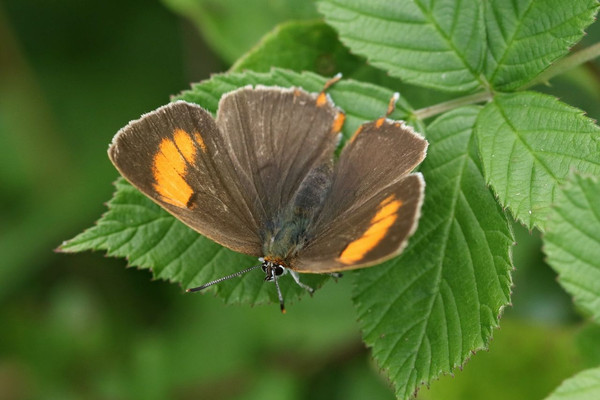NEW: We Plant a Tree for Every Holiday Booked!

Ecologist & Tailormade Consultant
18th January 2022
From 1st January 2022, in addition to our ongoing work in Ecuador and elsewhere, we pledge to plant a tree for every client making an overseas holiday booking, not only as an additional means of carbon offsetting, but also to extend and enhance habitats required by our increasingly beleaguered wildlife. For the next couple of years this scheme will be supported and assisted by The Tree Council and Network Rail. We plan to plant some 5,000 trees and shrubs on our own 12-acre reserve in the heart of historic Chawton, with a similar number on neighbouring farmland to provide the extended wildlife corridors so vital to wildlife.
Our new planting scheme will feed into the broader rewilding scheme we are implementing on our reserve. The term ‘Rewilding’ has encouragingly been enjoying increased airtime in recent months. Essentially, the process seeks to restore a piece of land (or wider landscape) to its more natural – ‘wild’ – state, to the benefit of native flora and fauna. It enables natural processes to redevelop, repairing human-driven landscape and ecosystem degradation. Over the last 18 months we have undertaken extensive baseline surveys across our reserve, documenting the species of flora and fauna currently present, including reptile and bird surveys, bat and butterfly transects, moth traps and botanical mapping. The results of these, together with local species records and consideration of the wider and historic tapestry of the area’s habitat networks, have guided the design of our new planting scheme, tying it in with the wider ecological picture.

We will plant dense hedgerows to bolster habitat connectivity and enhance on-site habitats for a plethora of species including farmland birds, interspersed with taller trees as song perches. New scrub islands will provide habitat ‘stepping stones’ across open grassland, shaped to provide pockets of shelter for invertebrates, including the plethora of butterflies we recorded last summer. All plants will be native and sustainably sourced, complementing the landscape, with a species mix selected to provide wildlife foraging opportunities throughout the year. They will include Hawthorn, Guelder Rose, Holly, Spindle and Dog Rose. Blackthorn will be planted to support our nearby Brown Hairstreak butterfly population, and we hope to entice the local, rare White-letter Hairstreaks to our reserve with a combination of Dutch Elm Disease-resistant cultivars, taking advice from a long-term research study. Honeysuckle will provide nesting materials for Hazel Dormice, which have been recorded less than a kilometre from our boundaries, and its evening-scented flowers will attract winged invertebrates as a foraging resource for the five species of bat we have recorded so far, including good numbers of Noctules. Rough grassland will be retained in between scrub, allowing our resident Grass Snake, Slow Worm and Common Lizard populations to expand, whilst also providing sheltering and hibernating opportunities for small mammals (including resident Harvest Mice) and amphibians, and hunting grounds for the local Barn Owls and other birds of prey.
We are excited by the prospect of this long-awaited plan coming together, and are very grateful to The Tree Council and Network Rail for providing this wonderful opportunity. We will continue our species surveys, to monitor progress over time, and planting starts this month, so watch this space to see how we transform our land into a wilder, more diverse site for wildlife!


This project is part of Network Rail’s £1 million four-year community tree planting programme, run in partnership with The Tree Council. Network Rail and The Tree Council are working together through this initiative to support local councils, community groups and other conservation organisations to plant trees, hedgerows and orchards across the country.



 Loading search...
Loading search...